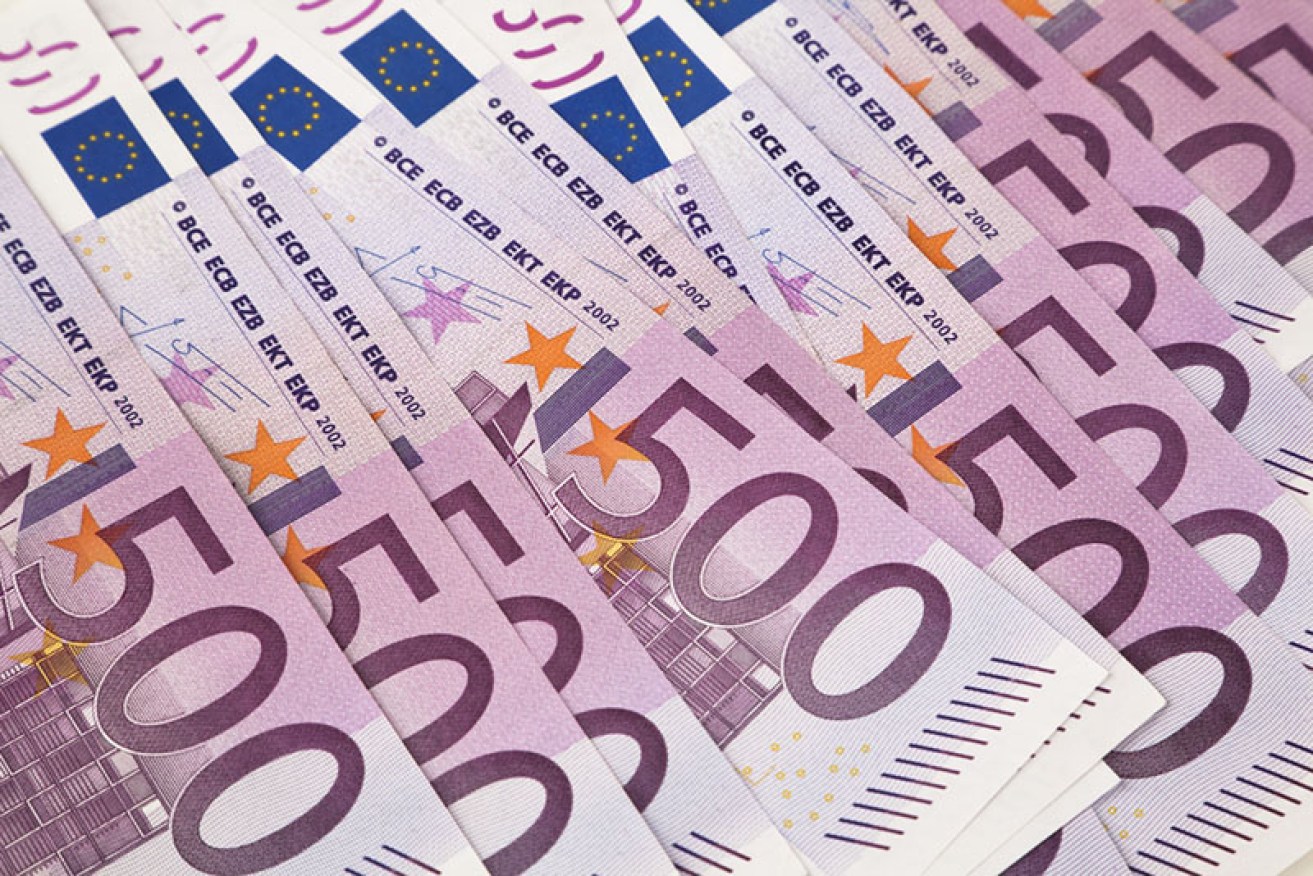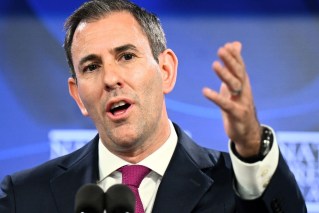European Central Bank to start printing money


Shutterstock
The European Central Bank (ECB) has announced a massive money printing program, in an attempt to drag itself out of the economic quagmire it has been stuck in since the European debt crisis struck in 2009.
• Will the RBA cut the cash rate?
• IMF downgrades growth forecast
The ‘quantitative easing’ (QE) program will begin in March, and involves the printing of more than €1 trillion (A$1.4 trillion) over the next 20 months, which will go into the purchase of European government bonds, at a rate of €60 billion a month.
The ECB hopes that by increasing the amount of money in the market, this will push down the value of the euro.
The result should be that exports become cheaper, and that households, businesses and governments spend more, thus stimulating growth.
The ECB wants to see inflation in the eurozone rise to just below 2 per cent, from its current perilously low levels of less than 0.4 per cent.
In announcing the decision, ECB said: “The programme signals the Governing Council’s resolve to meet its objective of price stability in an unprecedented economic and financial environment.
“The instruments deployed are appropriate in the current circumstances and in full compliance with the EU Treaties.”

ECB president Mario Draghi Photo: AAP
Will it work?
The Eurozone accounts for a huge chunk of the global economy, with a nominal gross domestic product of US$13 trillion in 2014. This makes it the world’s second largest single currency bloc in GDP terms, behind only the United States (with nominal GDP of $17 trillion).
If the ECB’s QE program is successful, therefore, the flow-on effects to the rest of the world will be huge.
So will it work? According to Rob Hogg, senior consultant at Frontier Advisors, if the experience in the US and UK is anything to go by, the answer is yes.
“We suspect that they will be successful. There’s nothing today to suggest they need to stop these policies. It [QE] seems positive for growth, it seems positive for growth related assets.”
What it means for Australia
“In Australia,” says Mr Hogg, “we’re obviously driven more by what happens within Asia. But to the extent that all of these economies are trying to boost growth, it is a positive for economies across Asia.” That in turn is good for Australia.
However, the effect of improved European growth will have on the Australian dollar is “a little more problematic.” The Aussie dollar was so strong during the global financial crisis precisely because it was seen as a safe haven in an otherwise troubled world. A stronger global economy therefore might mean a weaker dollar.
“The key for the Aussie dollar might be that, if we do get to the point where global growth expectations do improve, you could paradoxically find that the yield on Australian assets becomes relatively less attractive, because there’s the prospect of better yields and growth elsewhere,” says Mr Hogg.
But that, he says, could be a good thing. “It would assist the whole reorientation of the Australian economy away from mining and mining investment towards domestic demand, if either interest rates were lower or the currency were lower or some combination of both. That would improve financial conditions,” he says.








